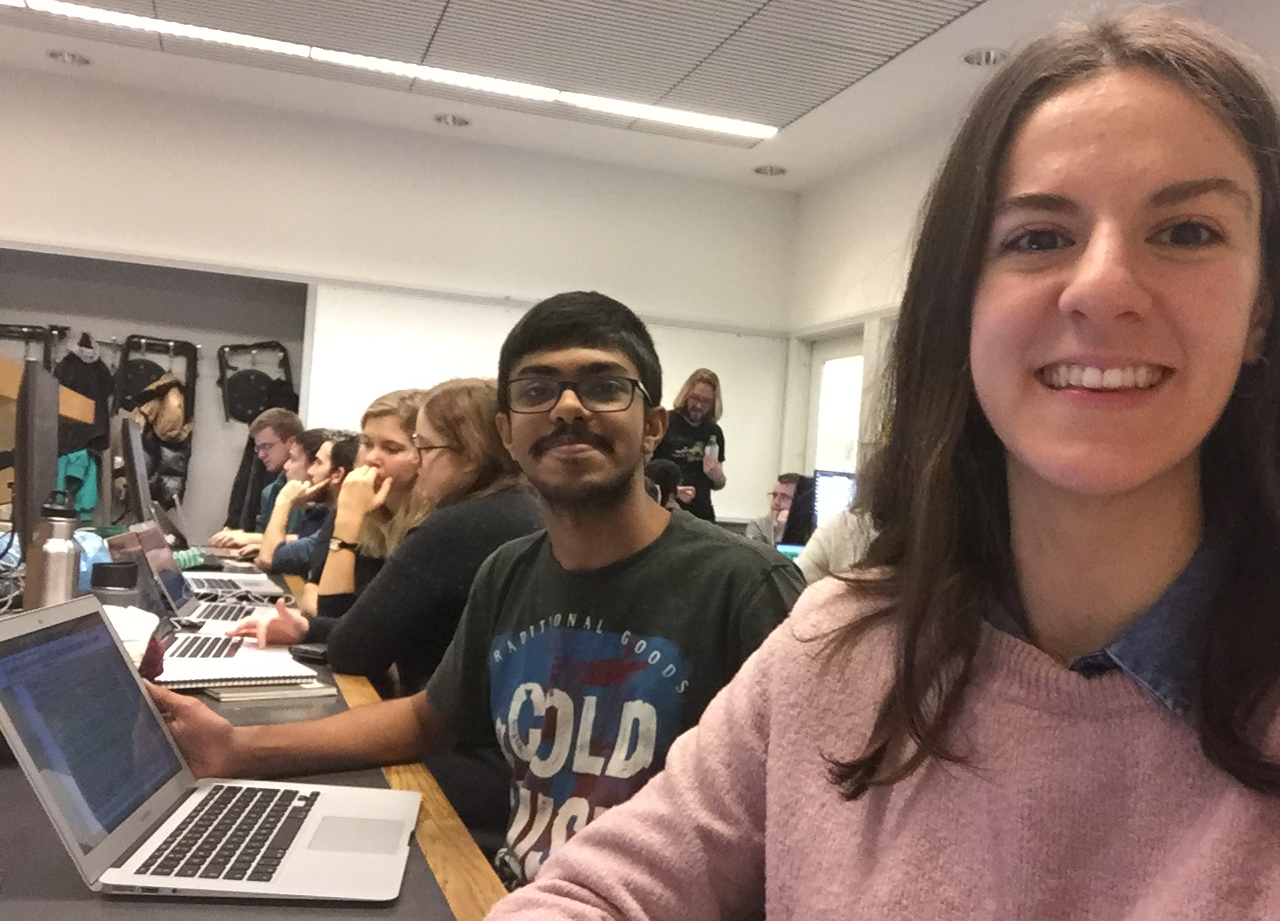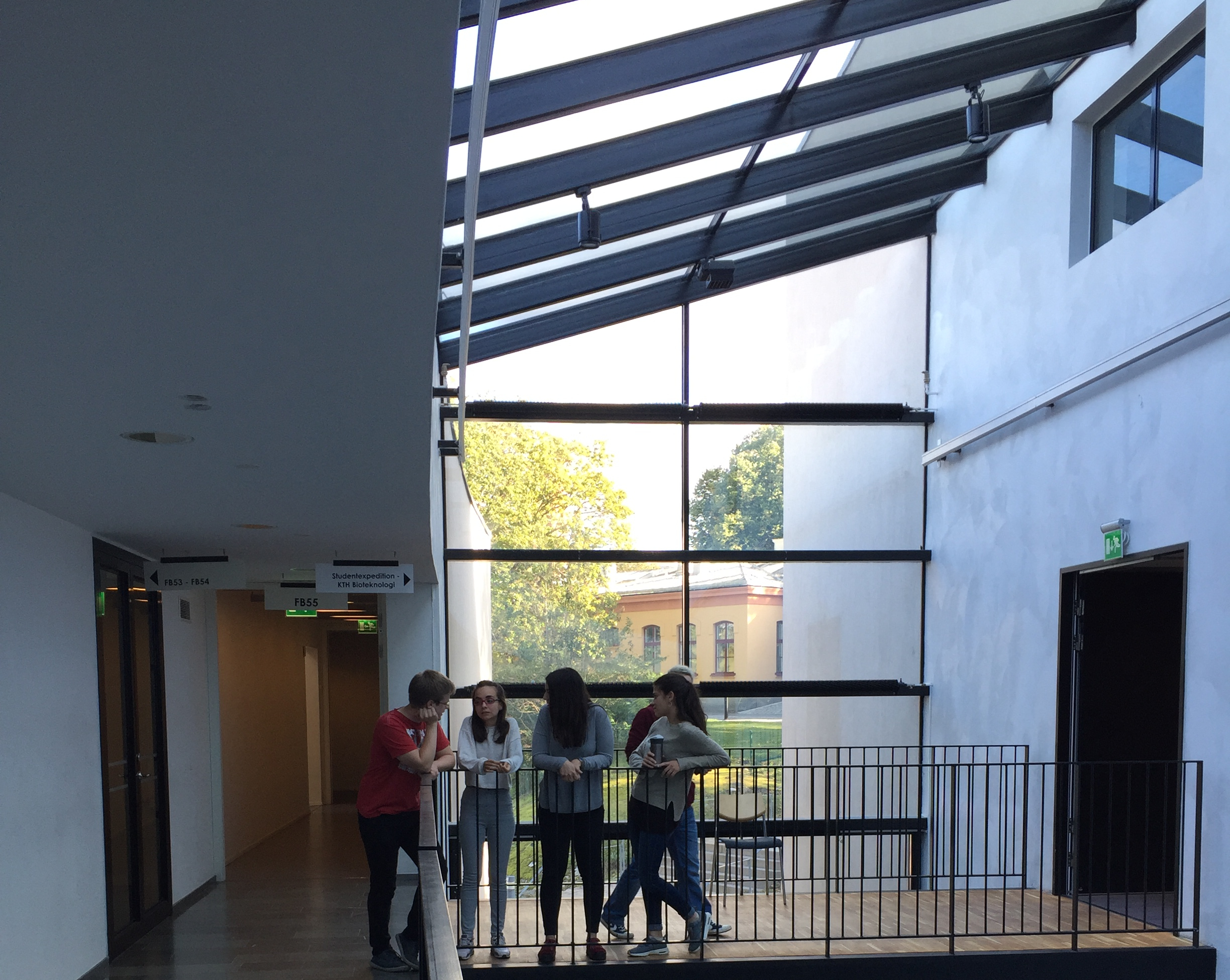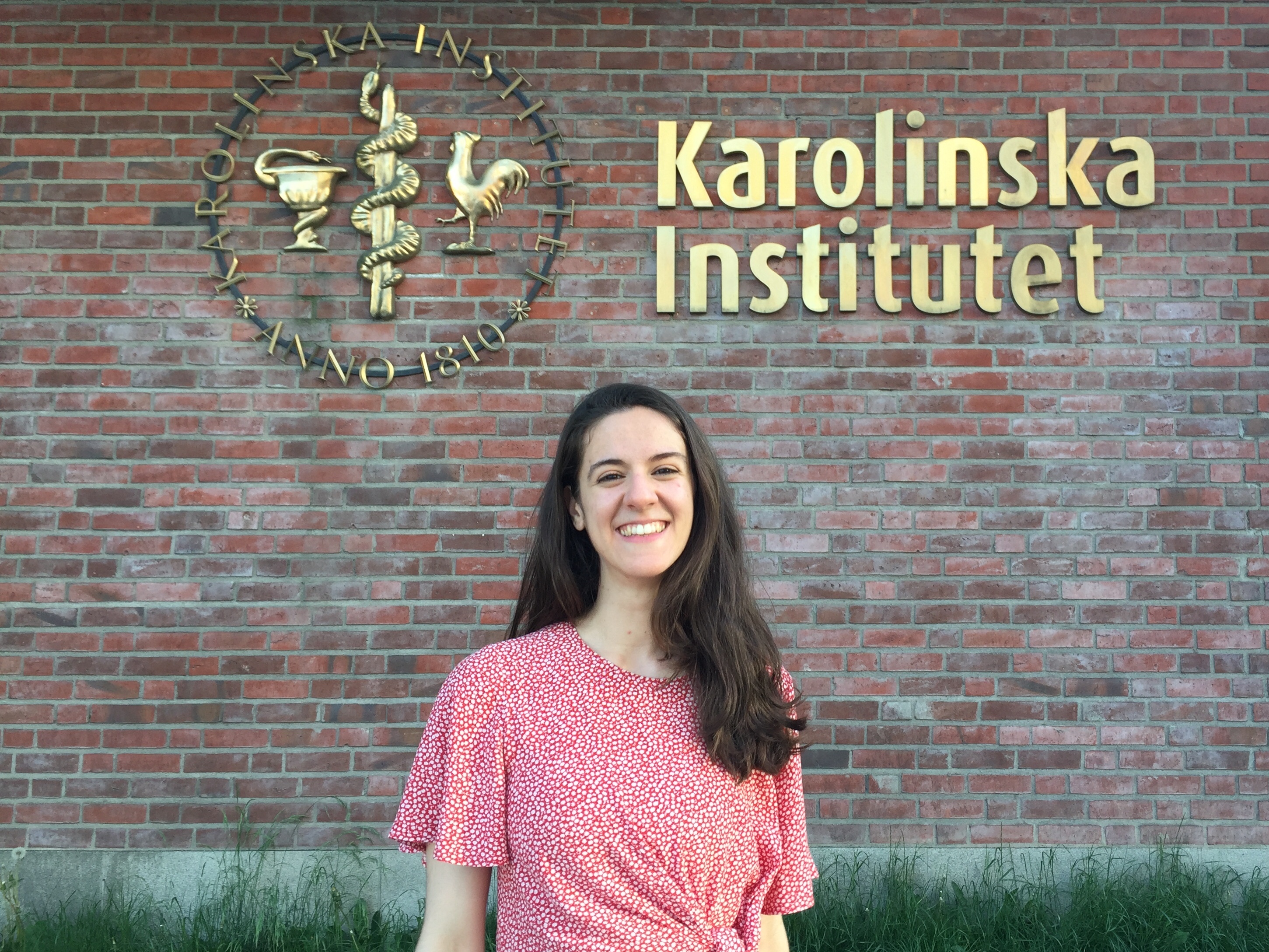
5 questions that usually don’t get answered: Molecular Techniques in Life Science edition
After two years answering Molecular Techniques in Life Science (MTLS) prospective student emails I have realised that, as good and informative as the MTLS webpage is, there are some questions left unanswered. In this post I have compiled and answered the five most frequent questions I receive about the Programme. Hopefully, this will help all of you interested in applying for the MTLS Joint Master’s Programme to get a better idea of how does it work and what can you expect from it.
1 – Do I need to know programming?
The most common question or concern I receive is, by far: “Am I expected to know programming before the MTLS Master’s starts?”. Well, here’s the answer: No, you don’t.
The MTLS Programme has three 1.5 ECTS courses which teach programming in Python:
- Applied Programming for Life Science 1 (Semester 1, Karolinska Institutet).
- Applied Programming for Life Science 2 (Semester 2, Stockholm University).
- Applied Programming for Life Science 3 (Semester 3, KTH Royal Institute of Technology).
These courses will teach you Python programming, from the very basics to more advanced knowledge. Therefore, even if you’re a complete programming newbie you should be able to follow the courses.
However, I would strongly recommend to get familiar with coding before the master’s starts. Although this is not a pre-requisite, from my experience I know that the more comfortable you are with programming, the easier will be to finish the assignments. You will also have the chance to enjoy them more, feel less time-pressured and dig deeper into the algorithms to understand what is exactly the computer doing. If you want to use some of your free time this summer to get coding, you can check my favourite resources for learning programming.

2 – How is the transition between the different universities?
The transition between semesters is very smooth, considering that all of them are bureaucratically quite independent from each other. For each semester you will register your courses at a different university and will have the chance to activate all of the resources linked to it such as the online campus account, student email…
The MTLS professors and administrators take care to make these transitions as smooth as possible, and I have not experienced a single problem with them. We usually have a Programme meeting per semester in which the students have the chance to give feedback about the courses and the Programme in general, and we receive information about future events and how to i.e. register for courses for the following semester.
These particularities of a Joint Master’s Programme might seem complicated at first, but once you get registered and start the Programme you will see that everything advances with a natural flow and that the advantages of attending three different universities are much bigger than the bureaucratic inconveniences.

3 – Can I be a member of any student union?
Yes! This is one of the biggest advantages of doing a Joint Master’s Programme, in my opinion. It is usually the norm that you need to have active registered courses at the university to which student union you wish to be part of. This makes sense for master’s that involve a single institution, since you will then join the university that you’re registered at. Opposite to this, the MTLS Programme is based on the collaboration between three universities, and therefore students can join the student unions of any of these three universities, even if they don’t have courses registered at them.
As a consequence you have a world of possibilities to choose from! Some people decide to join a different student union each semester. That way you might feel more involved in the student life of the university you’re currently studying at and try different clubs, sports or activities each semester. Other people decide to join the same student union during the whole master’s. This is a great option if there’s a particular team or organisation you want to be part of, or if you prefer to get a yearly membership and forget about it until the next academic year starts 🙂
Regardless of which option you decide to go for, you should join at least one student union during the two year’s that the master’s last so that you can get student discounts and join the SSSB queue to get student housing.
4 – Can I register for the master’s thesis in any of the three universities?
To better answer this question I will split it in two:
- Can I perform my master’s thesis in any of the three universities? Yes, of course you can! You can be a master’s student in a research group of any of the three universities involved in the master’s (Karolinska Institutet, Stockholm University and KTH Royal Institute of Technology). Most of us are part of research groups belonging to one of these three institutions, and most of the research groups are based on Science for Life Laboratory (SciLifeLab) in Solna. Additionally, some students go abroad to perform their thesis, or do them at a company.
- Can I register my master’s thesis in any of the three universities? I will answer this question based on my experience (I did my master’s thesis during the spring semester of 2020), but bear in mind that it could change in the future. The answer is: No, you can’t. For the final semester of the master’s, the one in which the thesis takes place, we can only be registered at Karolinska Institutet or Stockholm University. This is for administrative and grading reasons, and the course is identical regardless of which university you are registered at. It works like this: you look for a master’s thesis project in a research group and submit a project proposal to the programme directors. They evaluate if the project is suitable and place you in the KI group or the SU group. Then, you register at the university to have been allocated to. The division of students is usually based on the field of the thesis (mainly experimental vs. computational) and there aren’t many differences in practice.

5 – Who issues my diploma?
The MTLS diploma is issued by KTH Royal Institute of Technology, but all three universities involved in the program sign it. Therefore, you should apply for it through KTH, and they take care of the formalities needed to issue it and have it signed by Karolinska Institutet and Stockholm University as well.

I hope this post was useful and informative for all of you interested in the MTLS Joint Master’s Programme. Drop me an email if you have any further questions, I’ll be happy to help 🙂
\Inés
Email: ines.rivero.garcia@stud.ki.se
LinkedIn: Inés Rivero Gacía

0 comments